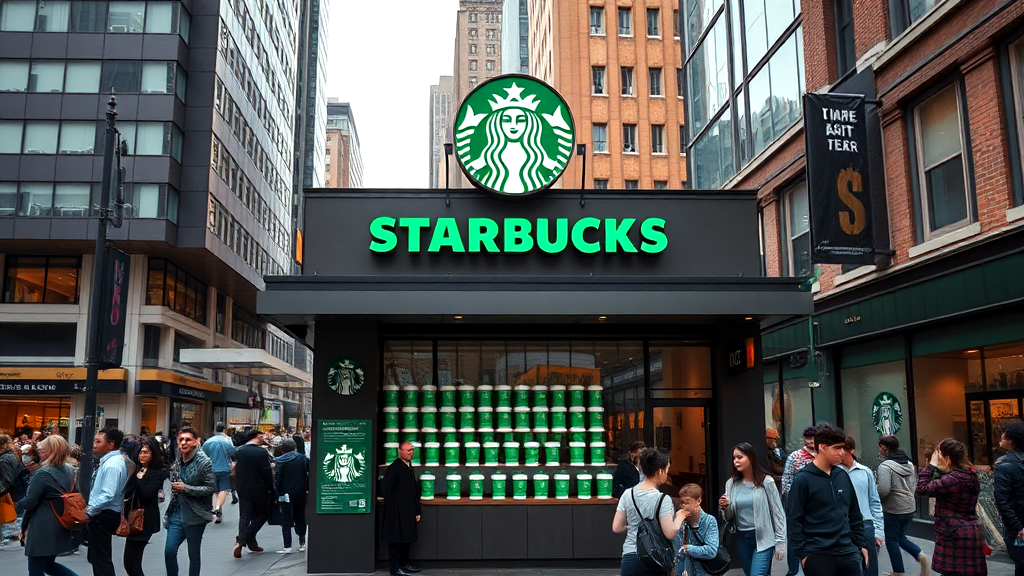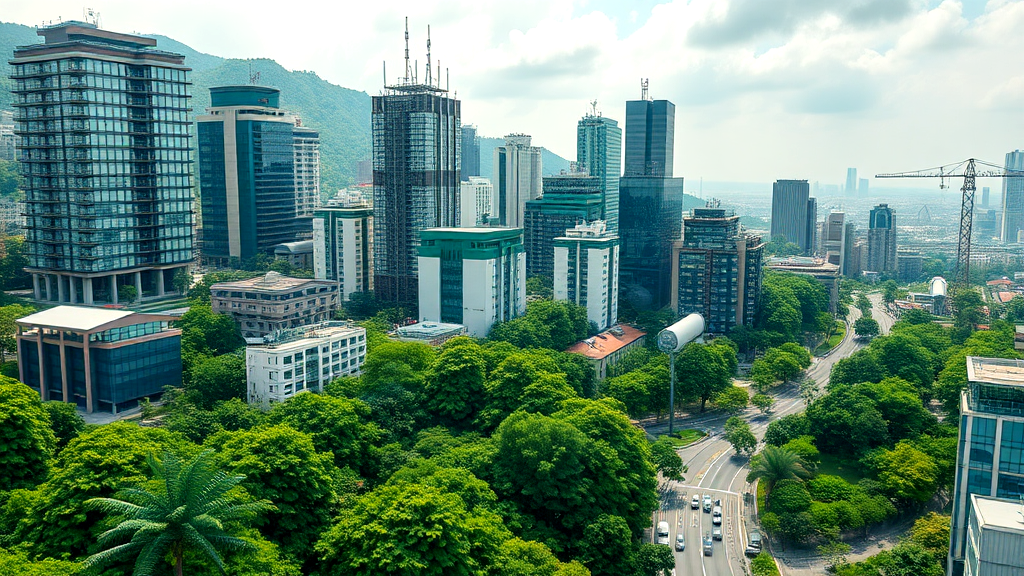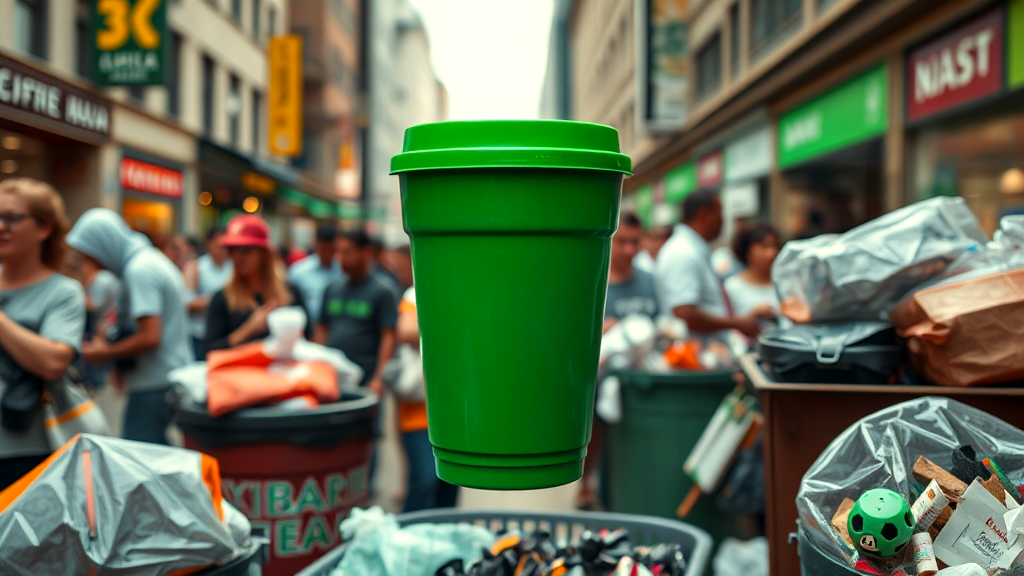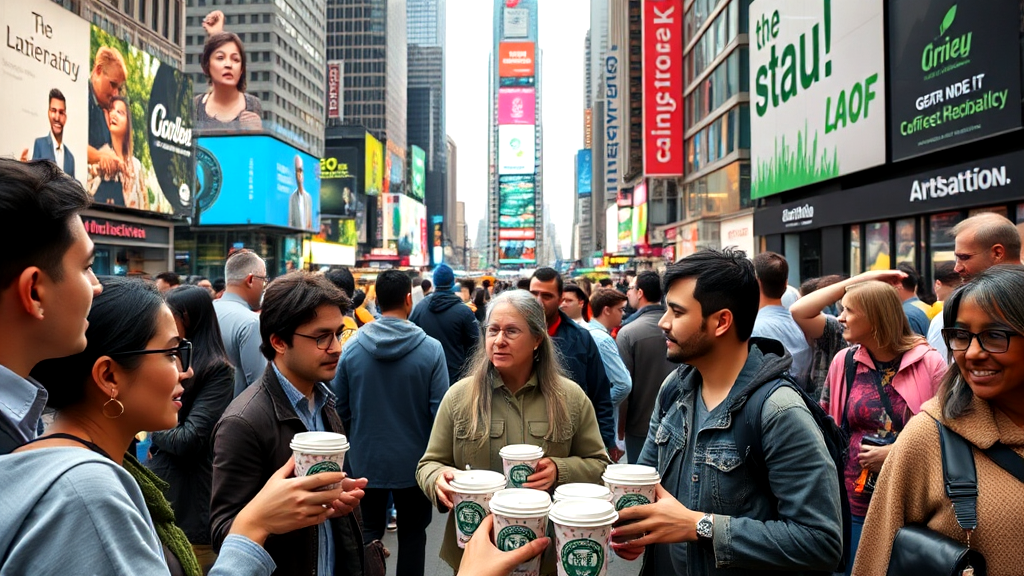Starbucks and the Illusion of Sustainability
I’ve always admired Starbucks for its bold environmental claims, but let’s be real. The launch of their “Green Starbucks Cup” seemed promising. Yet, critics say it might not be the eco-friendly solution it appears to be. Recycling challenges and consumer confusion often lead to these cups ending up in landfills. Recently, Starbucks found itself hit with greenwashing accusations, sparking debates over its true sustainability efforts. The company even faced a greenwashing suit, questioning its ethical sourcing. While Starbucks introduces these initiatives, like using Starbucks plastic cups to reduce waste, the effectiveness remains under scrutiny. With Earth Month initiatives and consumer expectations rising, the pressure is on Starbucks to prove its environmental commitments are genuine.

Greenwashing Tactics in Corporate Marketing Strategies
Corporate marketing often employs misleading methods to portray eco-friendliness. Starbucks, for instance, has been accused of using deceptive strategies, especially regarding its environmental initiatives. The “Green Starbucks Cup,” while marketed as sustainable, faces criticism due to inadequate recycling facilities. Many argue that Starbucks’ Earth Month initiative lacks genuine impact. Such discrepancies lead to skepticism about the company’s true commitment to sustainability. It’s crucial to differentiate between genuine efforts and mere marketing tactics. Transparency and honesty should guide corporations in their quest for a sustainable future.

Evaluating the Impact of Starbucks’ Environmental Claims
Starbucks’ environmental claims, particularly the “Green Starbucks Cup,” are under the microscope. The promise of a fully recyclable cup stumbles over infrastructure gaps. Consumers are often puzzled, resulting in improper disposal. Critics argue these initiatives might be more about image than impact, with Starbucks hit by accusations of superficial eco-efforts. The company’s persistence with disposable cups remains a thorny issue, despite introducing alternatives. It’s a tale of ambition and skepticism, where the line between earnest effort and perceived “Starbucks Greenwashing” blurs, leaving us questioning true sustainability.

Consumer Awareness and the Demand for Transparency
Amid growing consumer scrutiny, the demand for genuine transparency intensifies. Starbucks’ green initiatives, like the “Green Starbucks Cup,” are under a magnifying glass. Many consumers now question the authenticity of their eco-friendly claims. Concerns about the actual recyclability of these cups highlight an evolving mistrust. Social media amplifies this skepticism, creating a platform for consumers to voice doubts loudly and clearly. This persistent pressure keeps companies like Starbucks on their toes, ensuring their environmental promises aren’t just hot air but concrete actions.

Analyzing the Role of Media in Shaping Perceptions
Media’s influence on shaping perceptions about Starbucks’ environmental efforts is undeniable. Reports often scrutinize Starbucks’ sustainability claims, particularly the “Green Starbucks Cup.” This cup, marketed as eco-friendly, faces criticism due to recycling challenges. Media outlets highlight such discrepancies, urging consumers to question greenwashing tactics. This keeps Starbucks under constant pressure to prove its environmental promises aren’t mere marketing fluff. As a result, the media plays a pivotal role in holding corporations accountable, prompting them to align their actions with their sustainability rhetoric.

The Influence of Social Media on Brand Reputation
Examining how social media impacts brand reputation reveals interesting dynamics, especially for Starbucks. With the “Green Starbucks Cup,” critics have taken to social media to voice suspicions of possible greenwashing. These discussions rapidly influence public perception, making it harder for Starbucks to maintain a positive image. The power of Twitter and Instagram lies in their ability to amplify these debates, urging Starbucks to address issues promptly. I find it fascinating how a single post can spark a wave of skepticism, challenging the authenticity of corporate sustainability claims.
Corporate Responsibility and Ethical Consumerism Trends
Corporate accountability and evolving consumer ethics demand more from brands like Starbucks. While they flaunt the “Green Starbucks Cup,” skeptics question its true environmental impact. Many wonder if this is just Starbucks Greenwashing in disguise. We crave genuine corporate responsibility, not just a green façade. It’s like buying a ticket to a concert and getting a cover band instead. Transparency is key. We want to see actual sustainable practices, not just flashy marketing. With growing awareness, companies must walk the talk or risk losing consumer trust.
The Economic Implications of Greenwashing for Corporations
Weighing how misleading eco-claims affect firms reveals intriguing insights. “Starbucks Greenwashing” might lead to financial woes. Legal battles and consumer trust erosion can hit the bottom line hard. Imagine losing customer loyalty because sustainability promises felt like empty words. The infamous “Green Starbucks Cup” is a case in point. Its challenges highlight how shaky environmental strategies can be. True, investors crave green prospects, yet deceptive practices risk tarnishing brand equity. I wonder, is the short-term gain worth the long-term consequence?
The Psychological Impact of Greenwashing on Consumers
When Starbucks engages in practices like “Starbucks Greenwashing,” it can mentally fatigue consumers. Trust me, it’s like finding out your favorite movie is just a remake. The doubt it sows can undermine genuine corporate sustainability efforts. Consumers, once deceived, may become wary of all environmental claims. This skepticism complicates the market for brands trying to do right by the planet. The “Green Starbucks Cup” is a prime example, a symbol of how missteps in environmental marketing can create a ripple effect across consumer trust and corporate integrity.
Conclusion
When I consider Starbucks, the image of an environmentally conscious brand often comes to mind. Yet, it’s clear that many of their sustainability claims might be more smoke and mirrors than substance. Such greenwashing tactics not just muddle their reputation but also contribute to wider consumer skepticism. Nobody likes feeling duped, right?
And, as we all know, the truth eventually bubbles to the surface. With the rise of social media and investigative journalism, companies can no longer hide behind flashy marketing. Consumers today are savvy and demand transparency. They expect real action, not just words. This shift in consumer behavior is a wake-up call for Starbucks and its peers. It’s about time corporations embraced authenticity, ensuring that their environmental promises are more than just a green façade.


